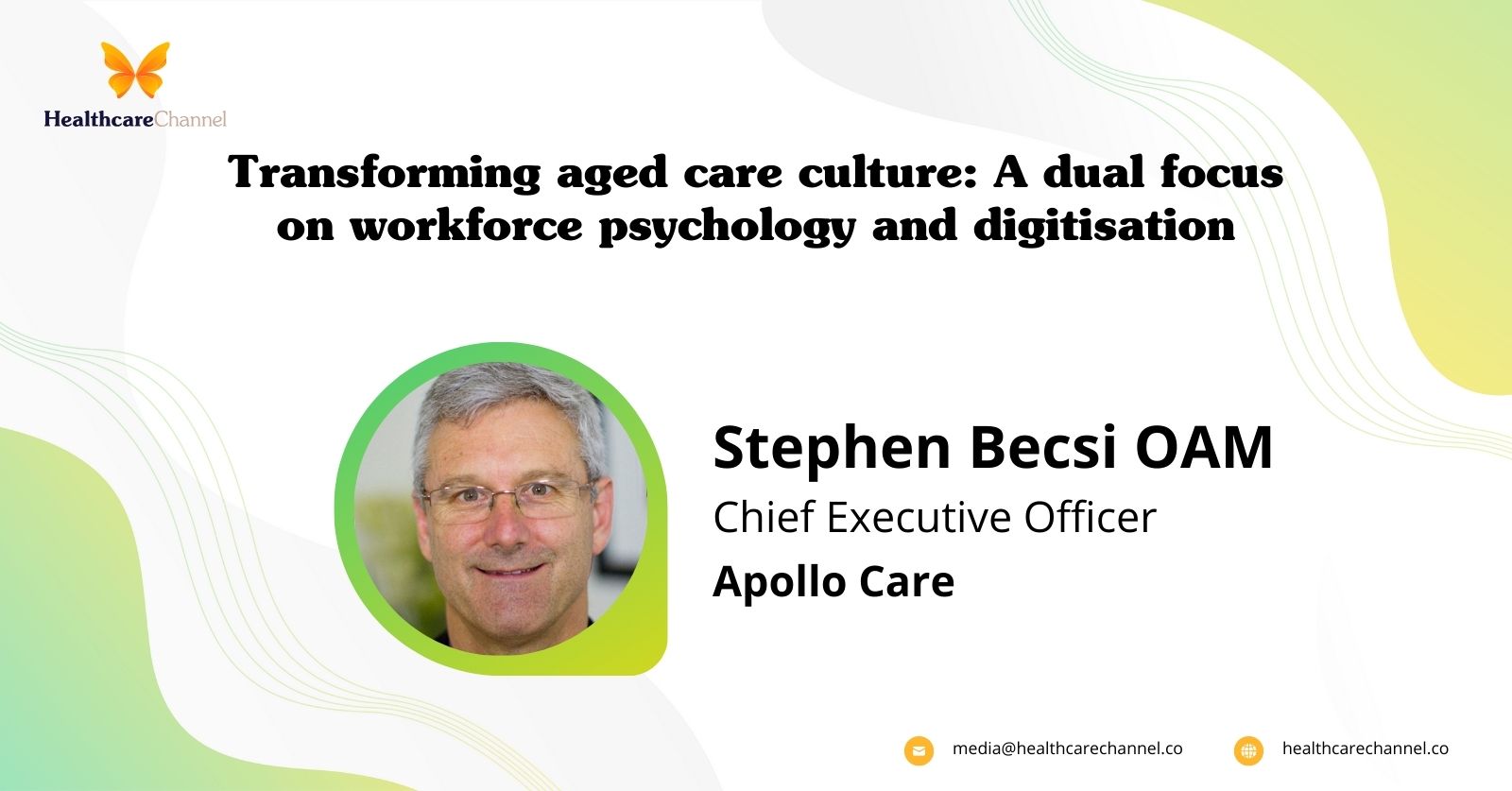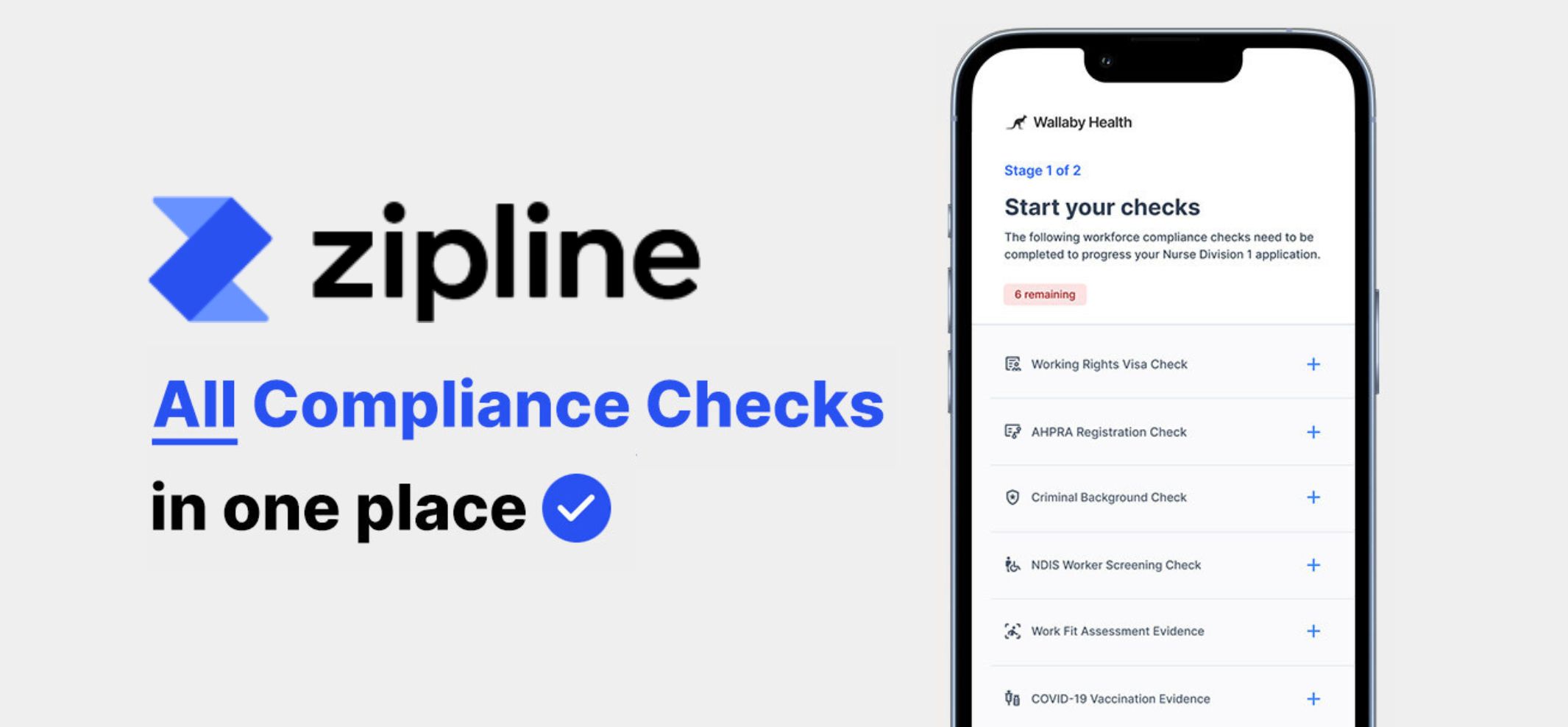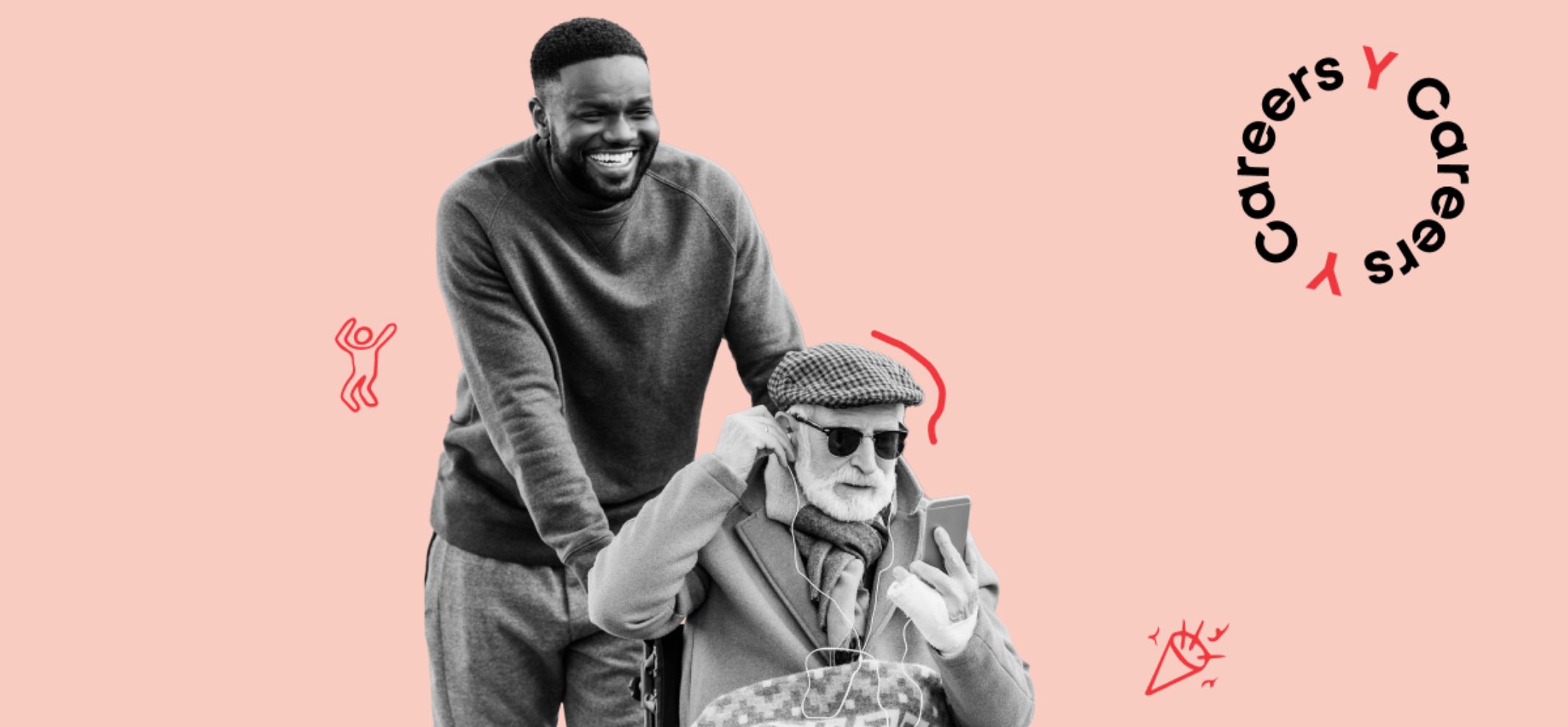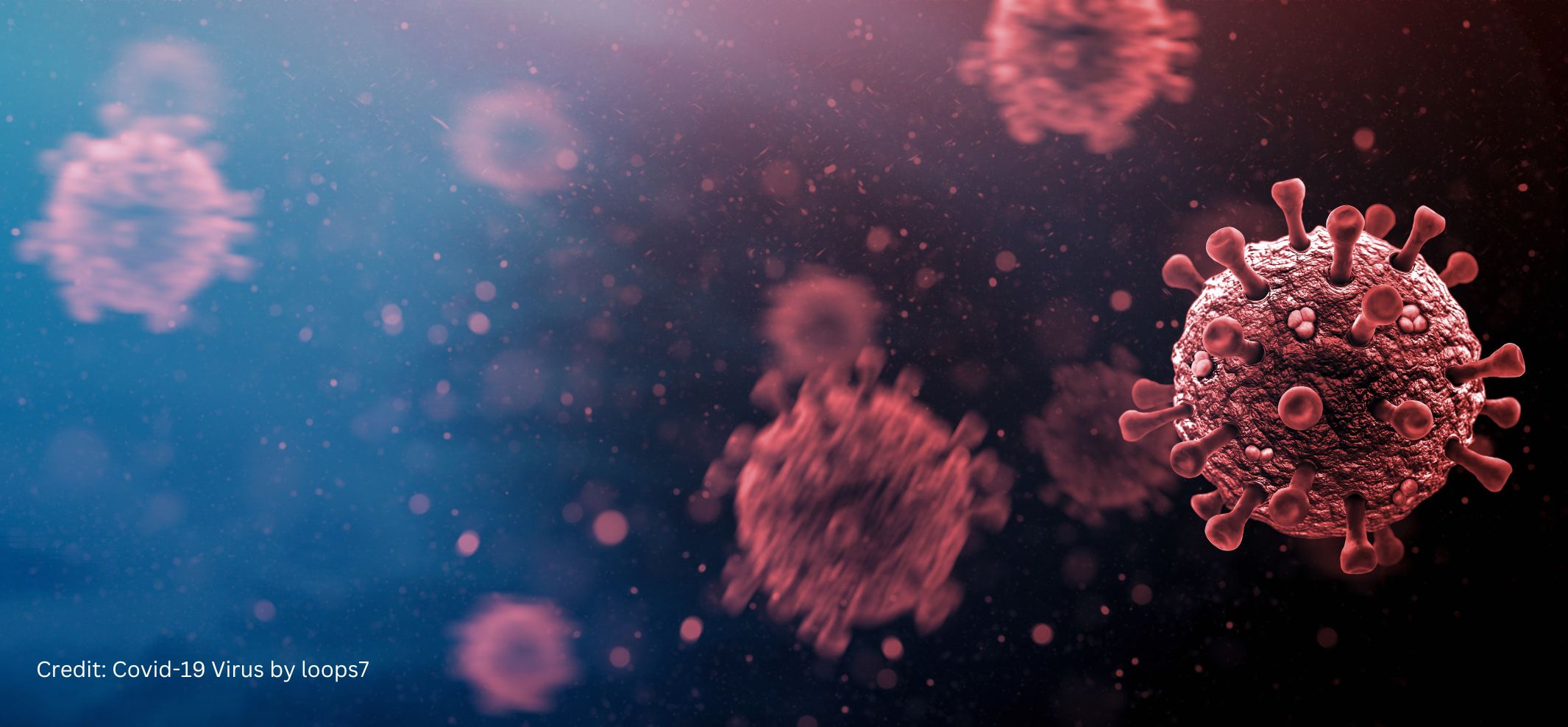A new model of disease spread describes how competing economic and health incentives influence social contact – and vice versa. The result is a complex and dynamic epidemic trajectory based on people’s behavior.
The morning news reports a rise in coronavirus infections in your area. Taking in this information, you decide to skip your daily coffee run or put off your grocery trip for another week. Although many of us have probably experienced some version of these adaptive responses to coronavirus, the whims and vagaries of human nature are not easily captured by epidemiological models, which tend to portray people’s behaviors as stable factors in disease spread.
A new mathematical model describes how people’s changing behaviors can influence – and be influenced by – the course of an epidemic or pandemic.
“In epidemiology models, we often think, ‘Everybody’s milling around in the market, so we need to tell everybody to go home and that’ll stop the spread of disease,’ ” said Ronan Arthur, a postdoctoral research fellow at the Stanford University School of Medicine. “But that’s not appreciating people’s individual incentives or the government’s incentives.”
Arthur was inspired to develop a more behavior responsive model of epidemic disease after noticing how predictions about the Ebola epidemic ended up being much direr than what actually occurred due, in part, to people’s changing behaviors. That new epidemiological model has revealed a complex interplay of behavior between health and economic motivations and social contact.
“The key to the formulation of this model mathematically is the insight that optimizing behavior under conflicting health and economic incentives can drastically change epidemic dynamics and outcomes,” said Arthur, who is the lead author of the paper.
Epidemic equilibrium
Unlike standard epidemic models, this model assumes that people face a behavioral trade-off and describes this as a mathematical function known as a utility function. In the model, people are motivated to improve their utility and do so by interacting with other people – perhaps by working, attending school, or socializing. Under normal circumstances, they would arrive at an ideal level of social contact to maximize their utility, but in an epidemic, interacting becomes risky. So, rationally, they will cut back their contacts to a level that balances their interactions with their risk of catching the disease.
According to the model, there is a theoretical endemic equilibrium to such a system, which means that absent successful eradication, such a disease may not go away. In fact, according to the model, it is possible there will be waves of infection surges and reactionary social change – in an ordered or chaotic way – in perpetuity.
This fluctuation around an equilibrium results from a negative feedback loop between behavior and health risk. As a population attempts to attain the best possible utility, a higher risk of the disease leads to less social contact, which then leads to lower risk and greater social contact, which increases risk once again in a repeating cycle.
When there are delays in the spread of information about disease risks, these fluctuations become even more chaotic. “There is some inherent uncertainty in modeling that really is brought out in our work because you have feedback mechanisms that can toss entire conclusions out the window,” said Arthur.
When the social system is reacting to an epidemiological reality that is no longer accurate, people’s behavioral responses become derailed from the actual, current circumstances. These complexities make for interesting math where small changes in the parameters, even the number of initial infected, can have outsized and qualitative effects on the epidemic outcomes.
“The problem is that you usually get information about the infection with a delay and, in epidemics, those delays can cause all sorts of weirdness to happen in your prediction,” said Marcus Feldman, the Burnet C. and Mildred Finley Wohlford Professor in the School of Humanities and Sciences and senior author of the paper. “In our model, we see that the delay of information turns out to be critical.”
The art of overreaction
This model suggests that the best way to counteract this information delay and address an epidemic is to overreact to the predicted consequences from the very beginning by, for example, enacting a strict lockdown to prevent social contact for a brief time at the earliest possible indication of potential epidemic disease – ideally, when the disease can still be controlled on the local level. This said the researchers, also highlight the need for better early warning systems, transparency, information sharing, and international cooperation during the outbreak stage to prevent widespread infection.
Once a disease is established, as coronavirus is in many places, determining the best response is trickier – but exaggerated limitations on social contact are likely to be part of the solution.
“It seems that the authorities have to take the vagaries of what different people think of advantageous behaviors for themselves and override those individual desires with some severe population-wide restrictions,” said Feldman. “That is how we minimize the dynamics that we see with COVID and avoid these huge spikes and then subsequent drops and then spike again.”
However, these restrictions should be enacted with care and planning, because the model also demonstrates that short-term thinking behavior in epidemic response can lead to perpetual cycling and be more costly over the long-term.
“There is a logical downside to lockdowns that we have to acknowledge,” said Arthur. “It’s true, you need to lockdown but there are trade-offs to reducing social contact that should be incurred intentionally and thoughtfully – preferably in one, short, heavy, lockdown, rather than opening and closing cyclically in delayed response to the number of infected.”
In the future, the researchers hope to tweak their model to account for the transmission of cultural ideas that can affect people’s behavioral responses – such as being anti-mask or anti-vaccine – and the profound influence vaccines have on the course of an epidemic.
Materials provided by Stanford University. The original text is written by Taylor Kubota. Note: Content may be edited for style and length.
James Jones, associate professor of Earth System Science in the School of Earth, Energy and Environmental Sciences (Stanford Earth) is also co-author of this paper. Additional co-authors include researchers from Harvard Medical School, the Interdisciplinary Center Herzliya (Israel), and Tel Aviv University (Israel). Feldman is a member of Stanford Bio-X, the Stanford Cancer Institute, the Stanford Woods Institute for the Environment, and the Wu Tsai Neurosciences Institute. This research was supported in part by the Morrison Institute for Population and Research.
Based on a city where the mountain meets the sea and where antique houses line the streets, my mind is free to wonder, to wander and to write.





















